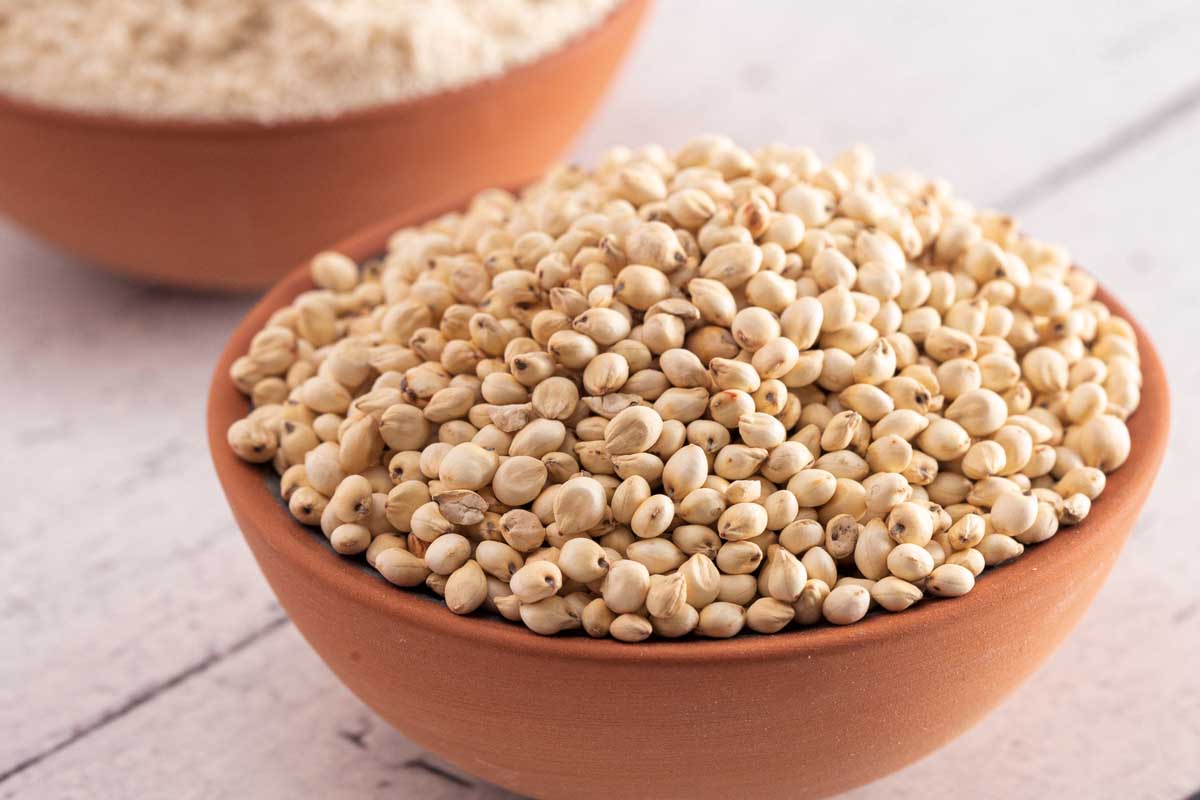
Welcome to Now Trending. Here’s what’s new in the world of natural health!
Getting buzzed! The PEMF mat craze
If you’ve scrolled wellness TikTok lately, you’ve likely seen someone stretched out on a high-tech mat claiming to feel like a new person. And they might not be lying! PEMF (Pulsed Electromagnetic Field) mats use low-frequency electromagnetic fields to stimulate cells—and yes, there’s actual science here.
This therapeutic technology works by sending magnetic pulses into the body, helping stimulate cell function and boost recovery.
PEMF therapy may help reduce muscle soreness and speed up recuperation after exercise by improving blood flow and reducing inflammation, encouraging cellular repair. People with chronic pain have reported less pain and better function with regular PEMF use.
While research is ongoing, the FDA has cleared some PEMF devices for treating fractures that don’t heal properly and for post-operative pain and edema. If only the road to all wellness fixes was paved with a warm mat and rest! (Sigh).
Sorghum—not your basic grain
Let’s talk about sorghum—this ancient grain is finally getting its modern moment. Naturally gluten-free, sorghum is loaded with fiber and antioxidants, making it a solid pick for gut health and blood sugar support. The grain’s fiber keeps digestion regular and helps healthy gut bacteria thrive, while its antioxidants work to lower oxidative stress and inflammation in the body.
Clinical studies have shown that sorghum’s slow-digesting carbs help keep blood sugar steady by providing consistent energy release (so no post-meal sugar crash!). Extra bonus? Sorghum thrives in dry, hot places and sips far less water than wheat or rice, making it an eco-friendly choice.
Adding sorghum to your diet is easy: cook the whole grain like rice for salads or grain bowls, or swap in sorghum flour for gluten-free baking—you can even pop it like popcorn! As plant-based diets get more attention, sorghum might just become your new pantry staple.
Micro-retreats: Sanctuary starts at home
Who says you need a beach bungalow or spa weekend to reset? Micro-retreats are all about turning a corner of your home into a pocket of calm. Think: a comfy chair, a favorite candle, maybe a sound machine, and a no-phones-allowed sign. If you want to go next level, add a cozy, weighted blanket and some notes with affirmations or intentions.
Research backs the benefits—short, regular mindfulness breaks can lower stress hormones, boost focus, and support better sleep. The trick is consistency: a daily 5-minute breathwork session showed significant improvement in mood and positive affect in study participants after just one month. However, it’s not one-size-fits-all, so a mindful activity that feels good for you.
Micro-retreats are especially helpful for emotional balance; psychologists say even small doses of intentional downtime help us regulate mood and avoid burnout. With a few tweaks, an unused corner of your home can serve as your new oasis.
The surprising perks of sacha inchi
Move over, chia and flax—sacha inchi is the new seed on the block. Amazon grown, these seeds (sometimes called “Inca nut”) have been traditionally used in skincare treatments and muscle recovery.
Sacha inchi oil is an excellent source of heart-healthy omega-3s, known to lower cholesterol and reduce inflammation. Where it rises above other seeds is in its protein content, delivering more per serving than either flax or chia. This highly digestible protein is popping up in vegan shakes, protein powders, and snack bars—you’ll even find it in some plant-based “cheese” spreads.
If you’re looking to up your healthy fat intake, sacha inchi might be your secret weapon. Sprinkle on salads, blend into smoothies, or just snack on them straight from the bag. Your taste buds (and heart) will thank you!
This article was originally published in the November 2025 issue of delicious living magazine.